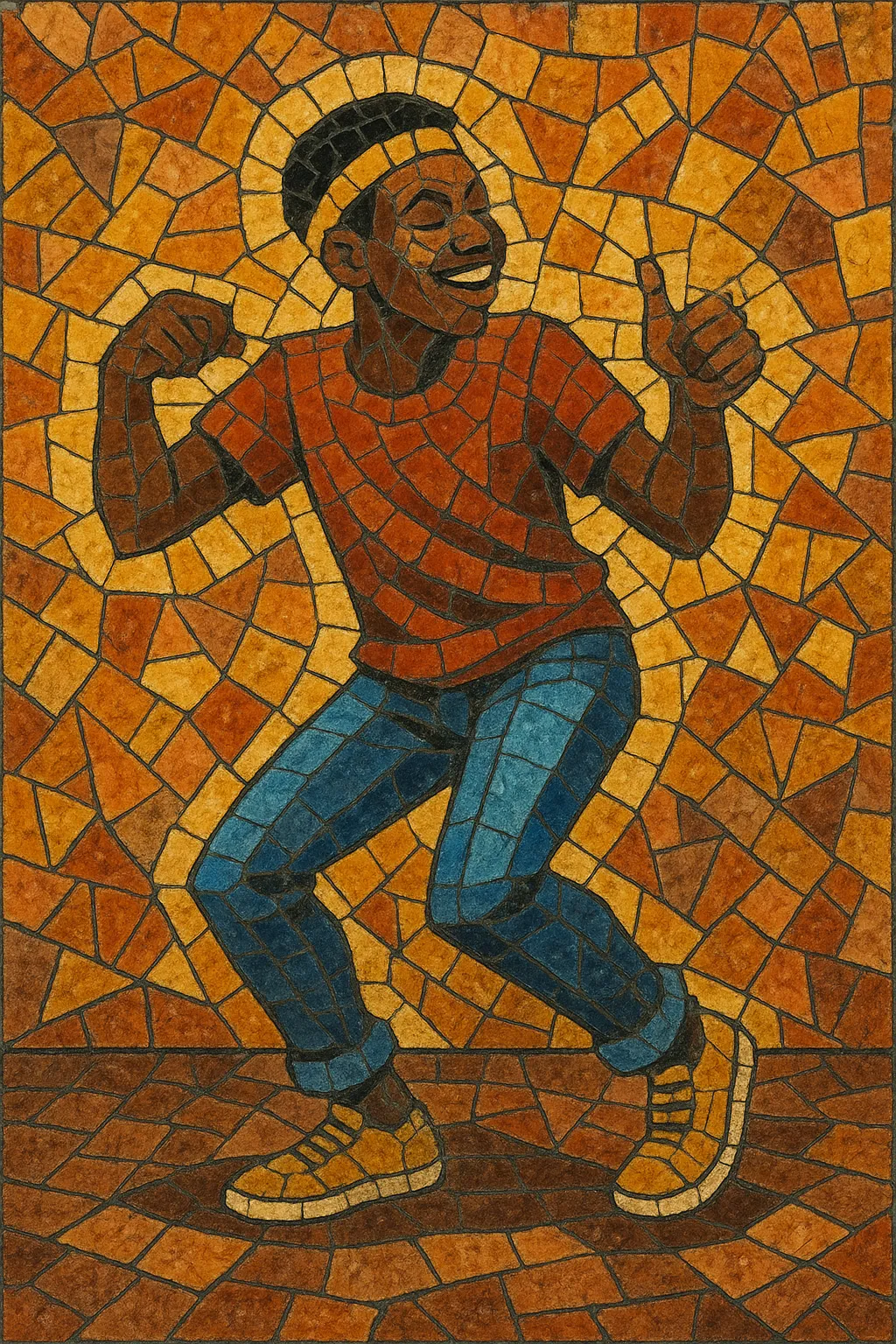Azonto is a contemporary Ghanaian dance-music style built for parties, street performances, and viral choreography. Emerging in the early 2010s, it matches swaggering, humorous dance moves with catchy call-and-response hooks and MC-led verses.
Musically, Azonto sits on a bright, syncopated 4/4 groove—often between 105–130 BPM—with crisp handclaps, off‑beat hi‑hats, bouncing kick patterns, and short melodic riffs from synths, bell/mallet tones, or plucks. Harmony is usually minimal (two to four repeating chords), keeping the spotlight on rhythm, energy, and vocal interplay. Lyrics blend Twi, Ga, and Ghanaian Pidgin with English, and celebrate fashion, flirtation, everyday jokes, and local slang.
The genre rose with dance challenges and YouTube-era virality, helping push West African pop into UK and global club culture. Signature tracks include Sarkodie & E.L.’s “U Go Kill Me,” Fuse ODG’s “Azonto” and “Antenna,” Castro’s “Azonto Fiesta,” and Gasmilla’s “Aboodatoi.”
Azonto’s movement vocabulary traces to Ga coastal social dances and kpanlogo-inspired party steps in Accra, while its sound draws on the evolution from highlife to hiplife—Ghana’s fusion of hip hop and highlife. By the late 2000s, hiplife MCs and producers had already embraced cleaner, club-ready drum programming and electronic hooks, setting the stage for Azonto’s streamlined, dance-focused format.
Around 2010–2011, the sound and dance caught fire in Accra’s clubs and on campuses. Sarkodie and E.L.’s “U Go Kill Me” became a defining anthem: fast, percussive, and designed for the new steps. Gasmilla (“Aboodatoi”) and Castro (“Azonto Fiesta” with Sarkodie) reinforced the wave. Dancers and crews turned routines into short viral clips, accelerating the trend.
Ghanaian and broader West African communities in London amplified Azonto’s popularity. Fuse ODG’s “Azonto” and “Antenna” crossed into UK charts and club circuits, syncing the dance with an international Afrobeats (contemporary African pop) boom. The style’s humor, easy-to-learn gestures, and chantable hooks made it perfect for YouTube and social media challenges.
While the initial “Azonto wave” cooled as tastes shifted to other Afrobeats, Afroswing, and later Amapiano flavors, Azonto’s imprint persisted: crisp, syncopated drums, dance-led songwriting, and bilingual hooks became standard in Ghanaian pop. The style also helped normalize African club sounds in the UK and Europe, shaping the aesthetics of Afroswing and influencing how Ghanaian hip hop frames dance-centric singles.


